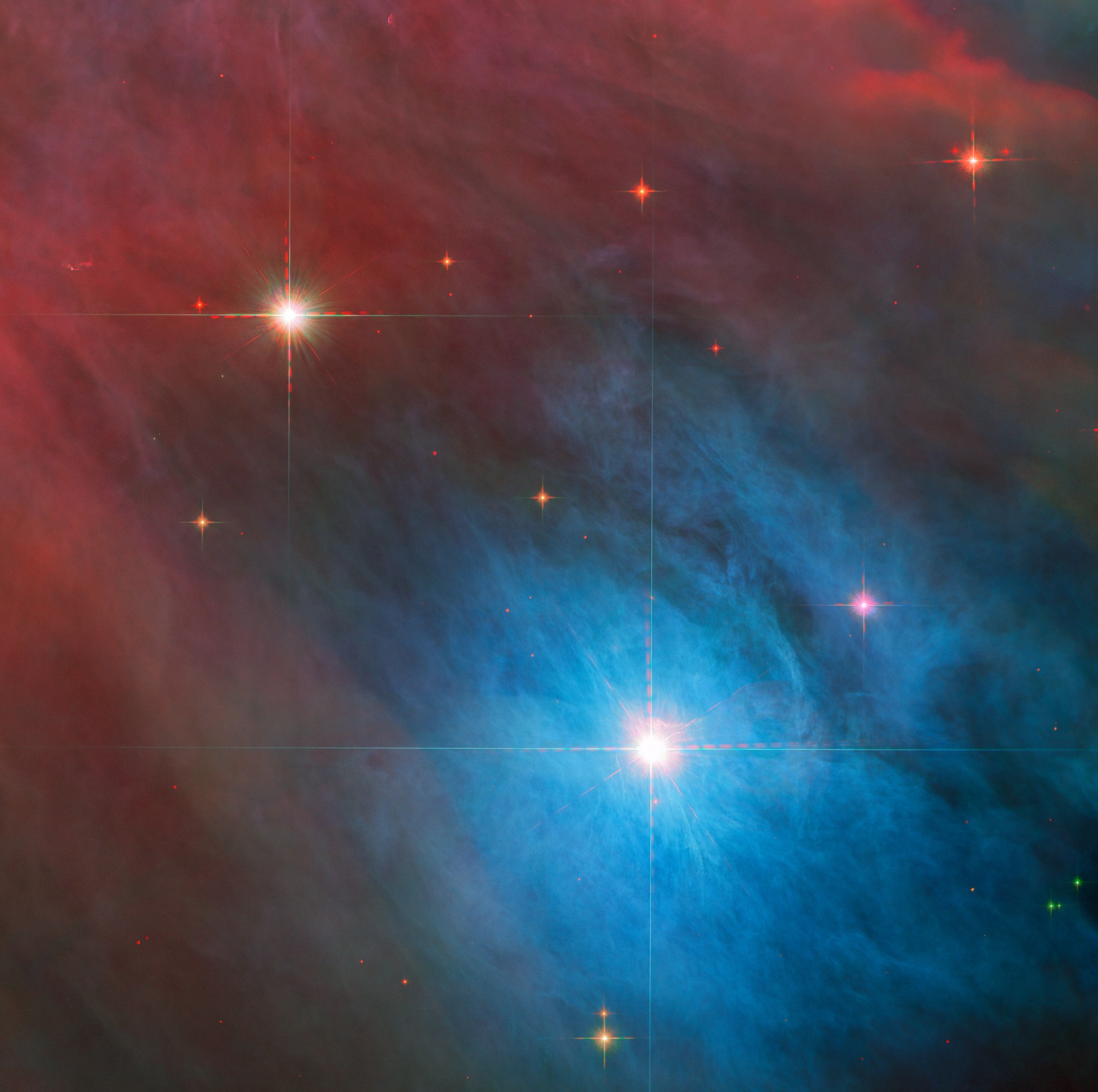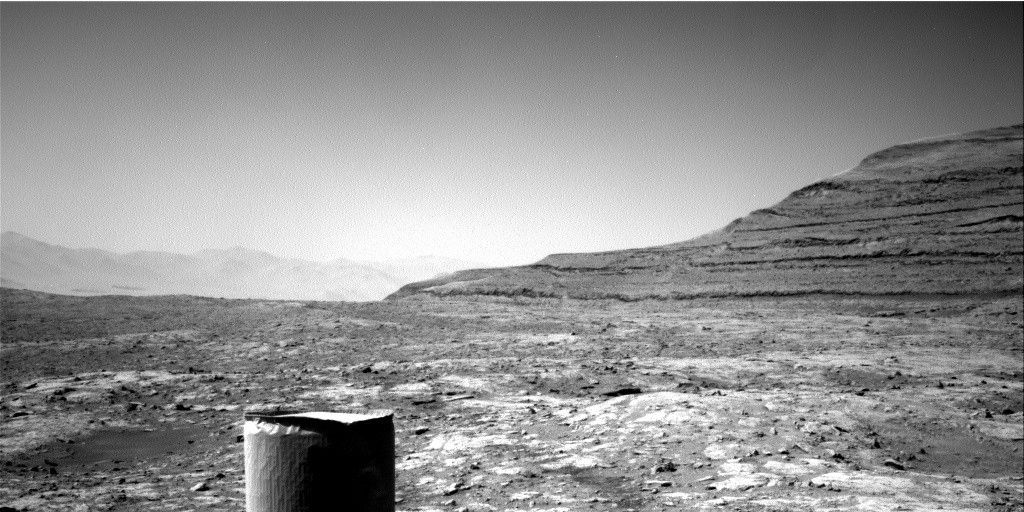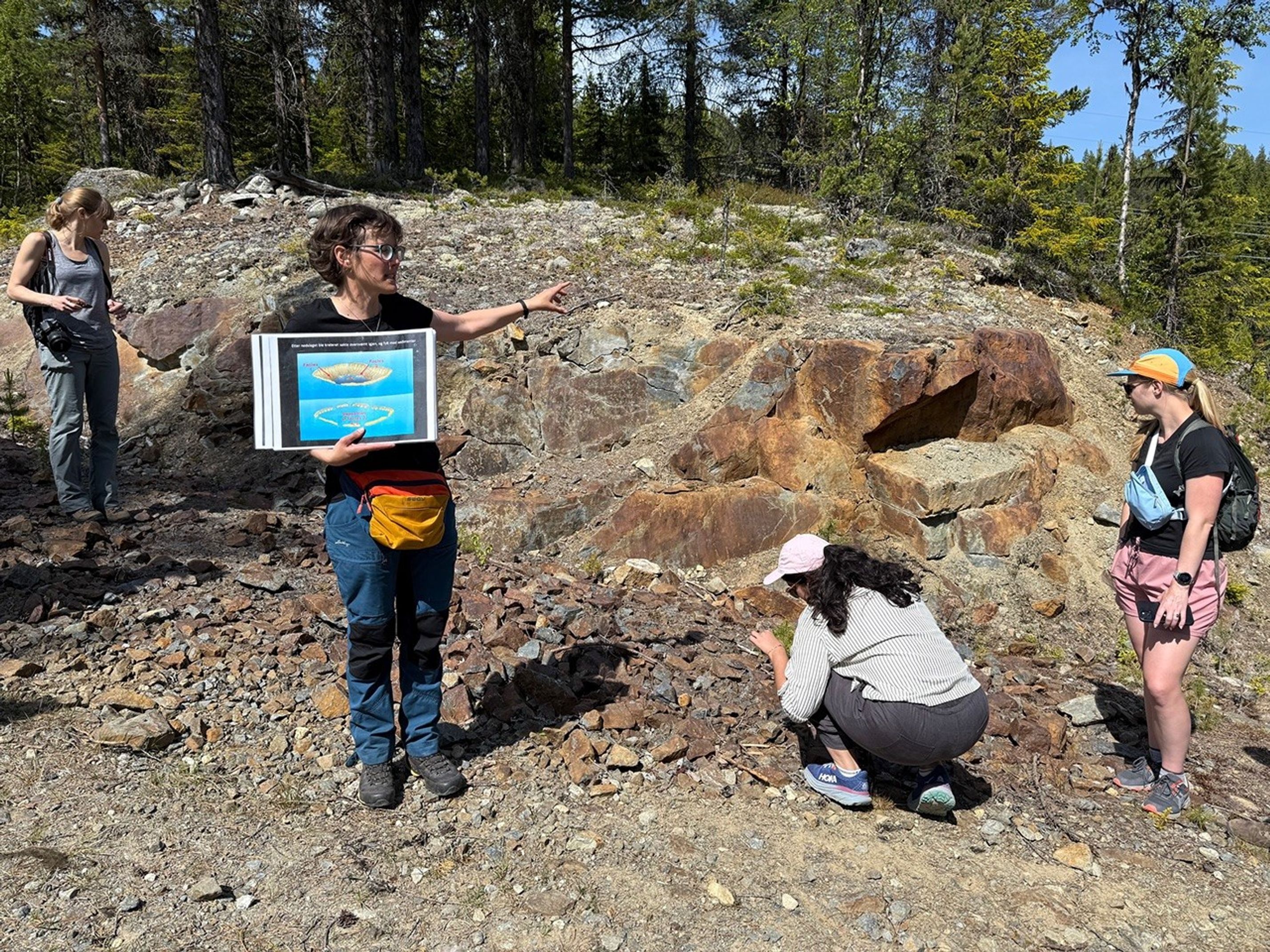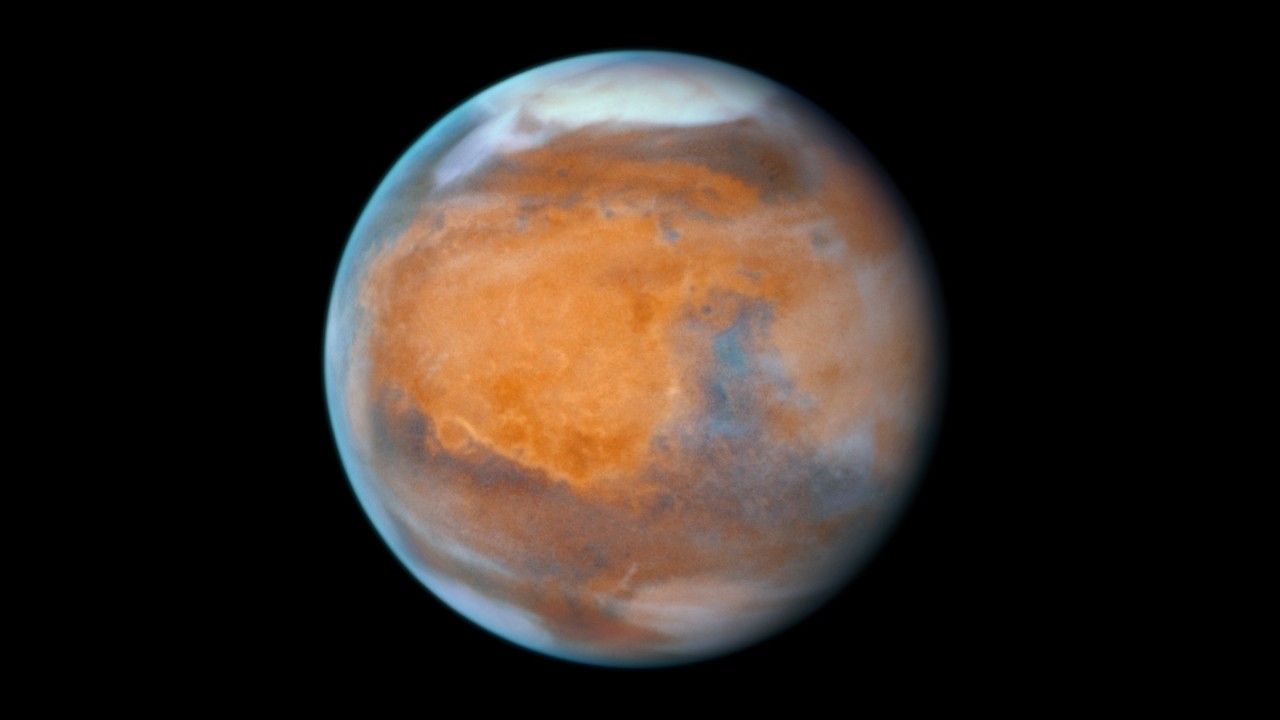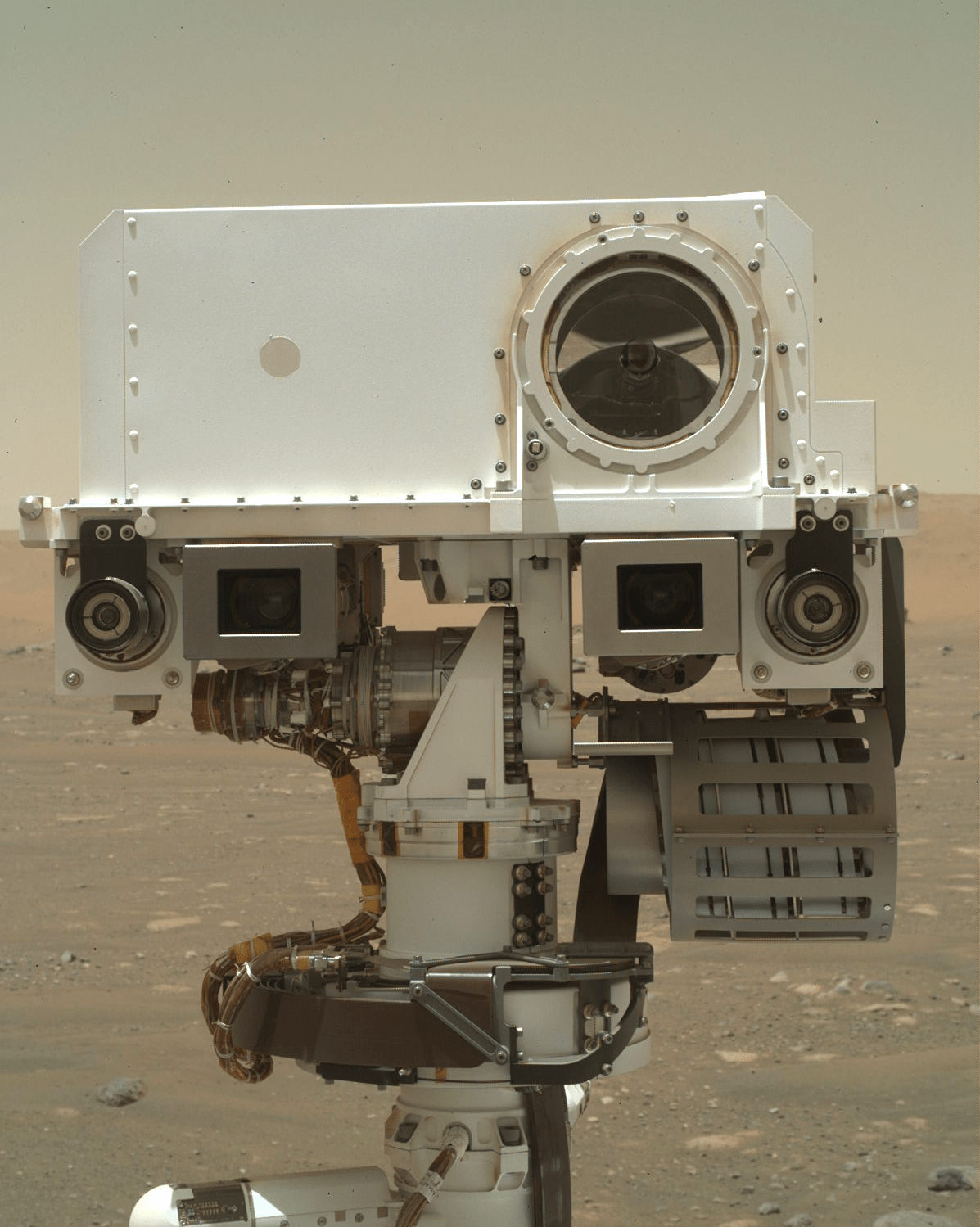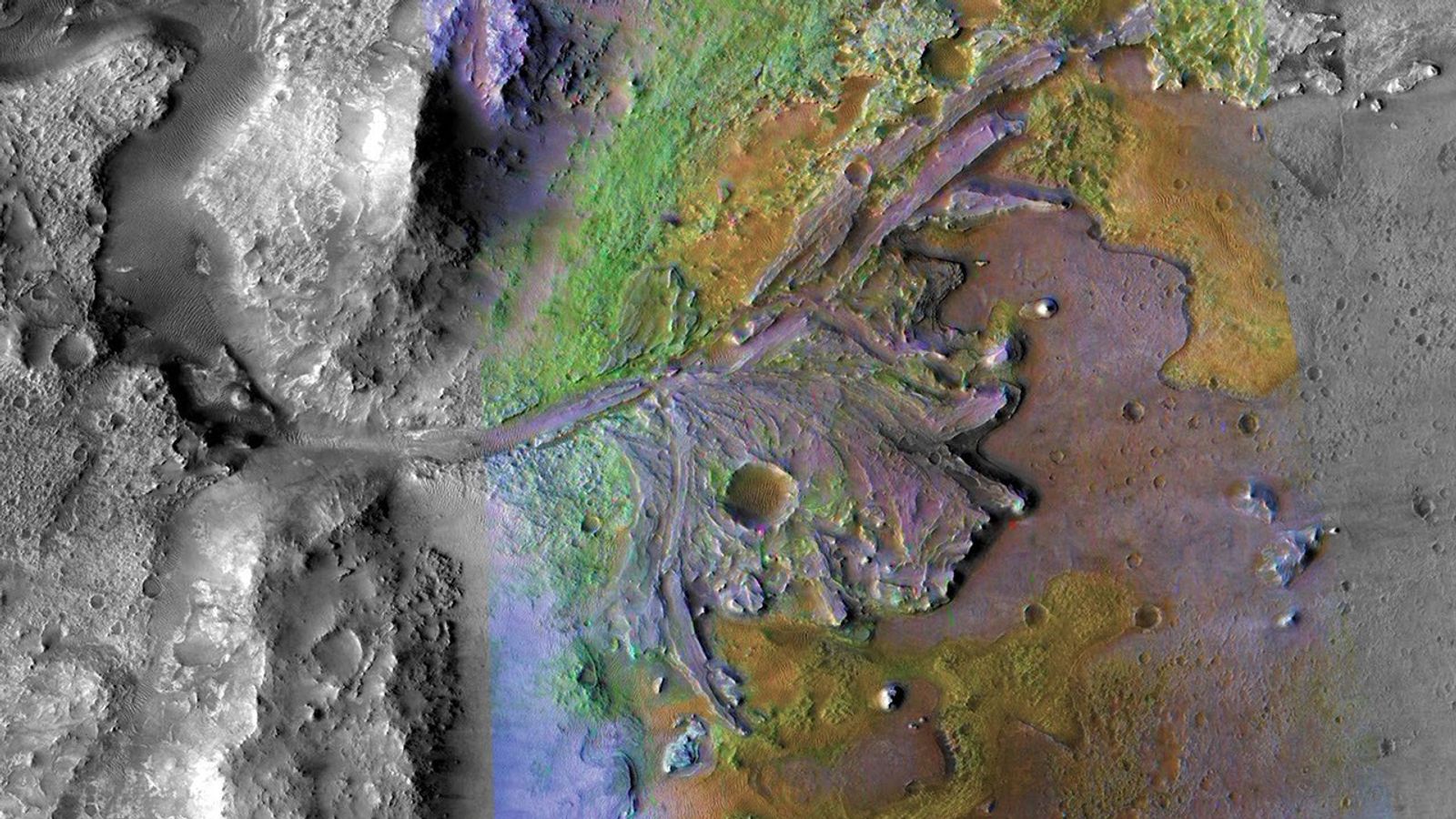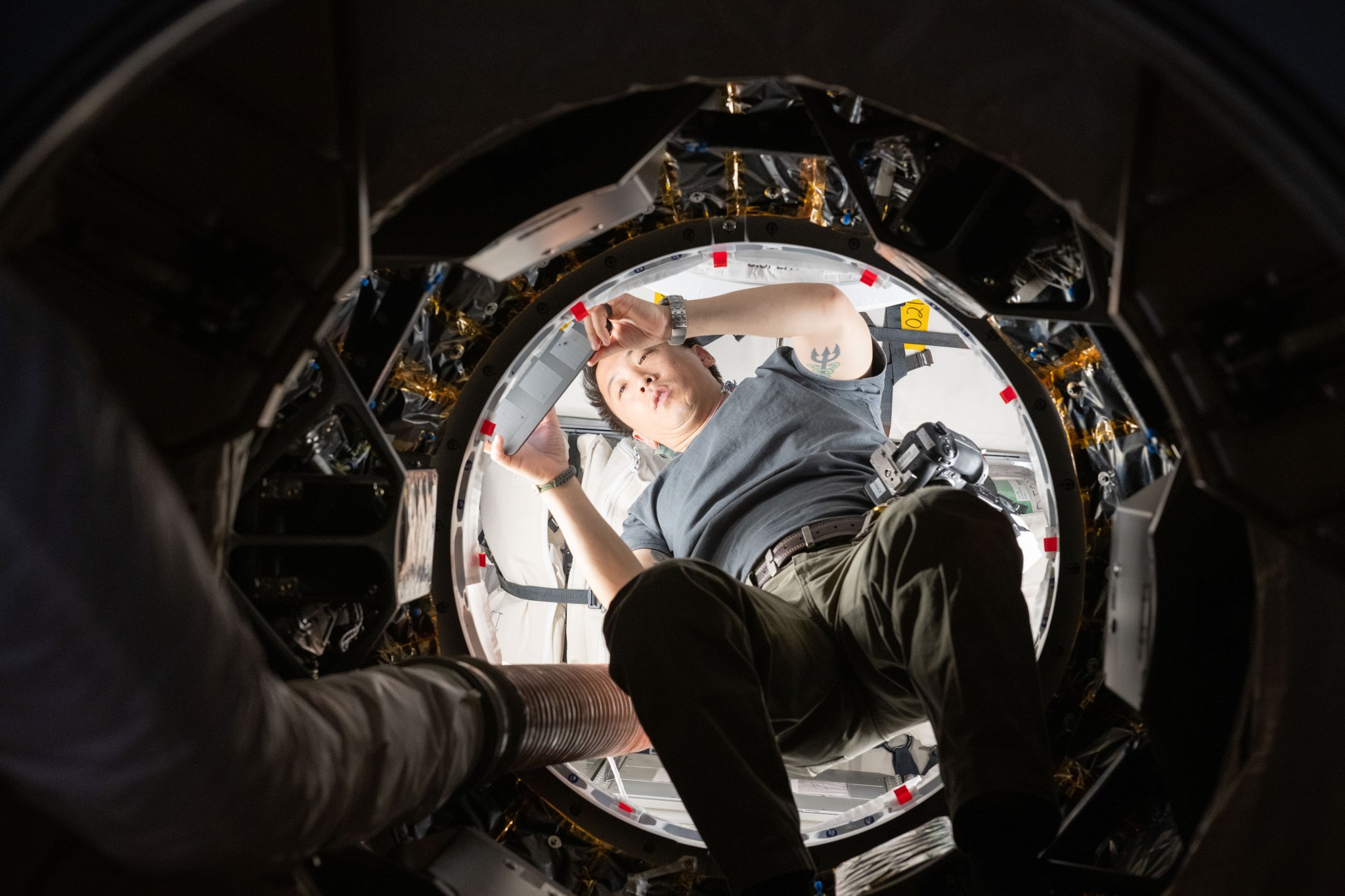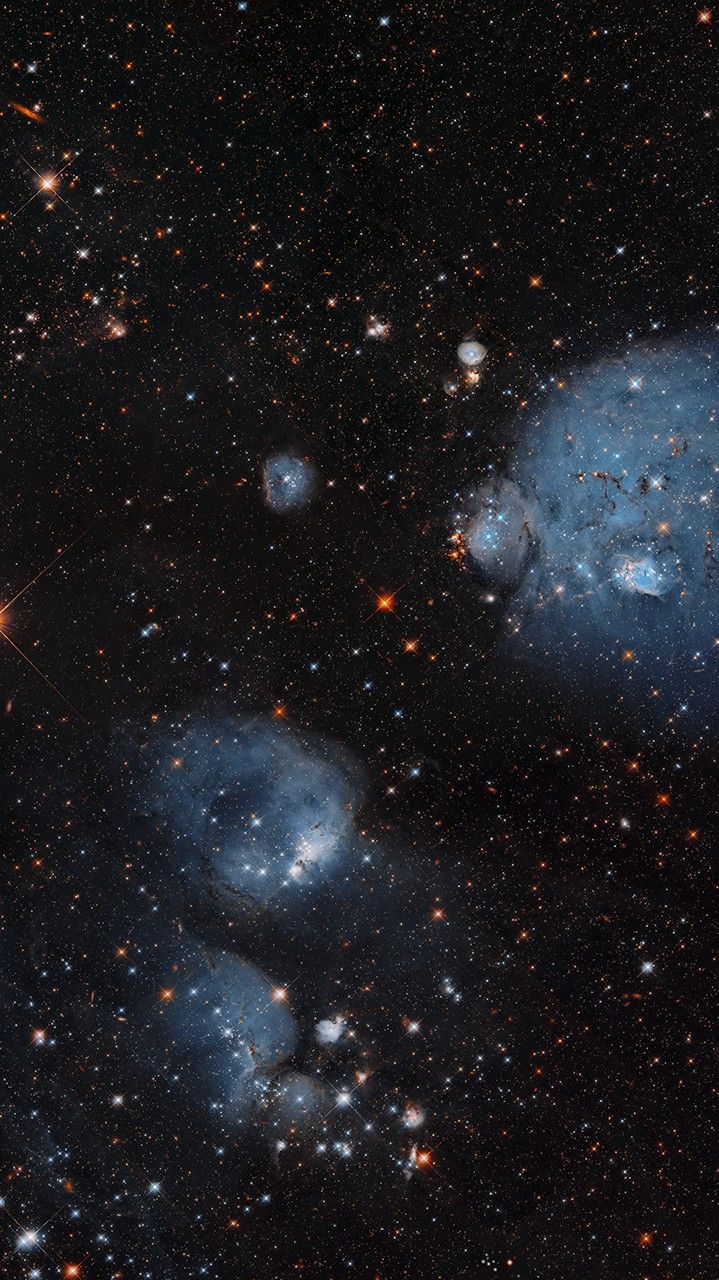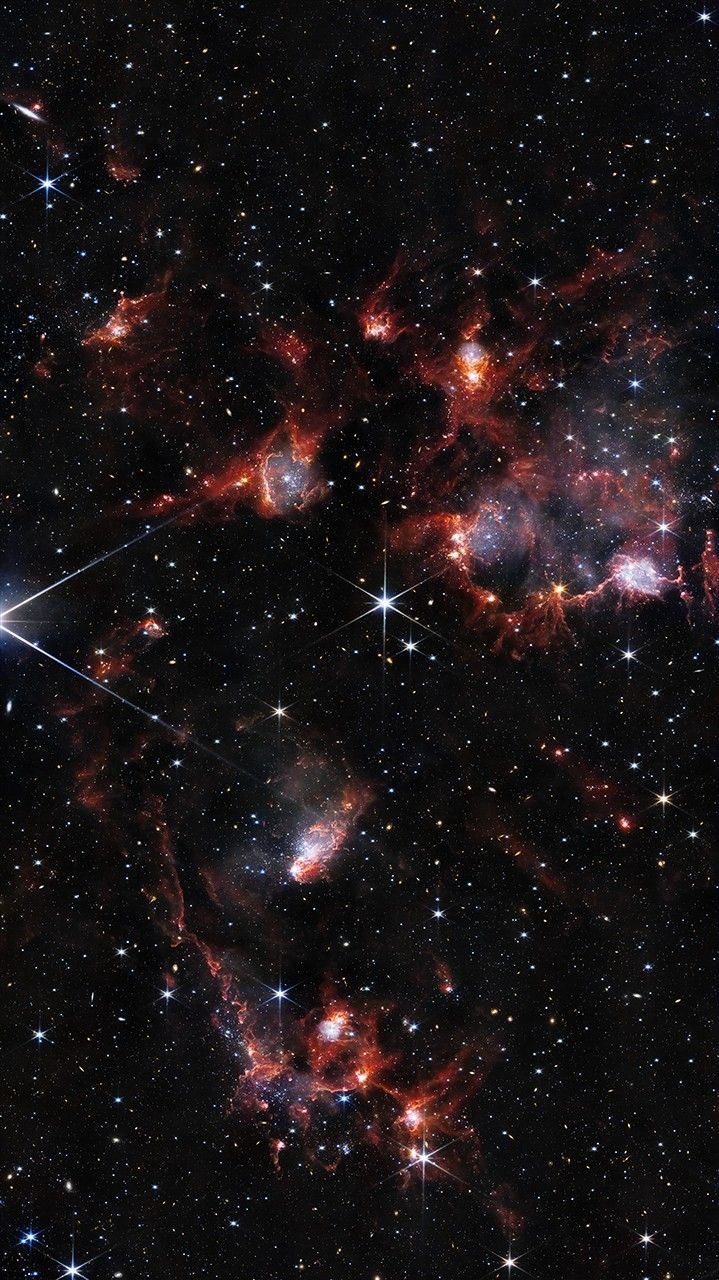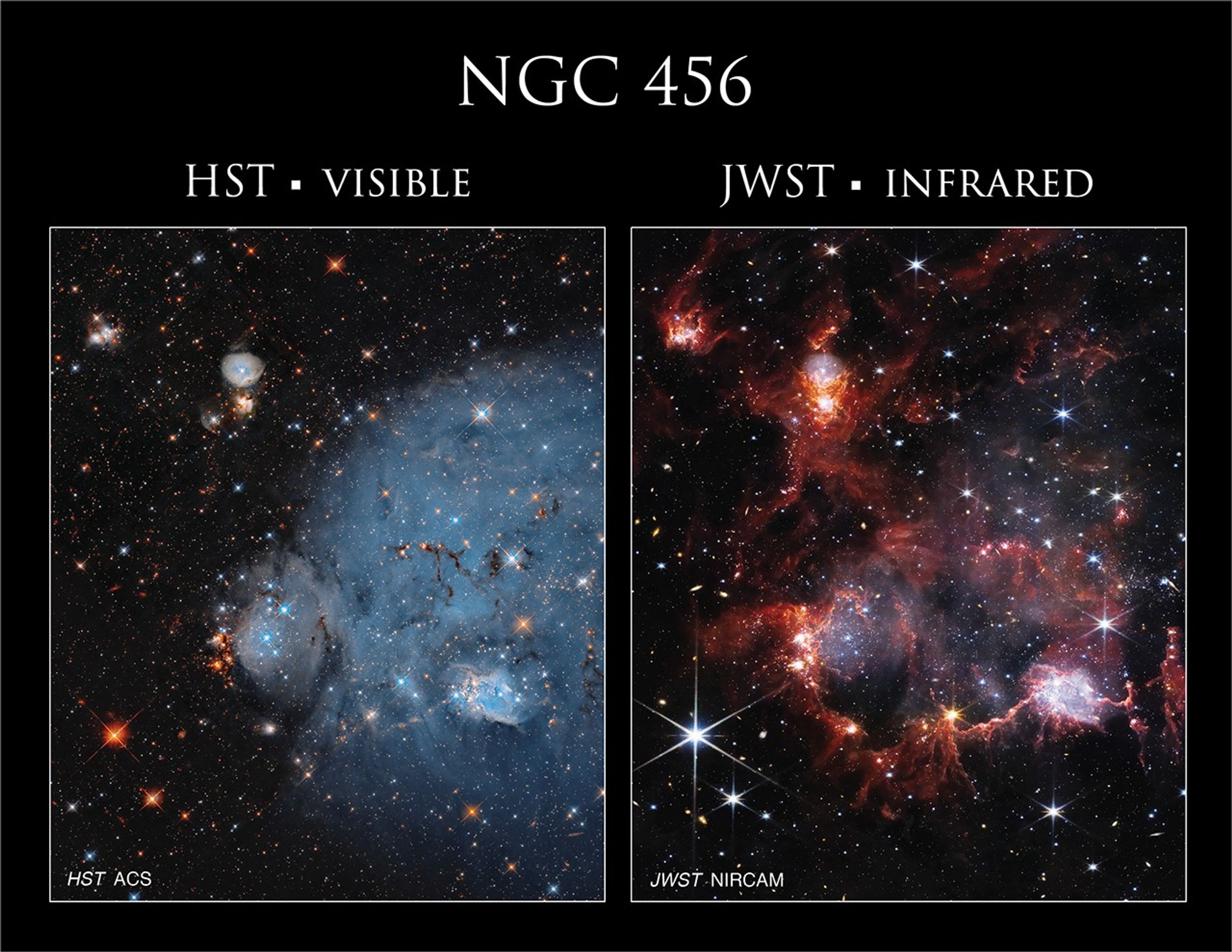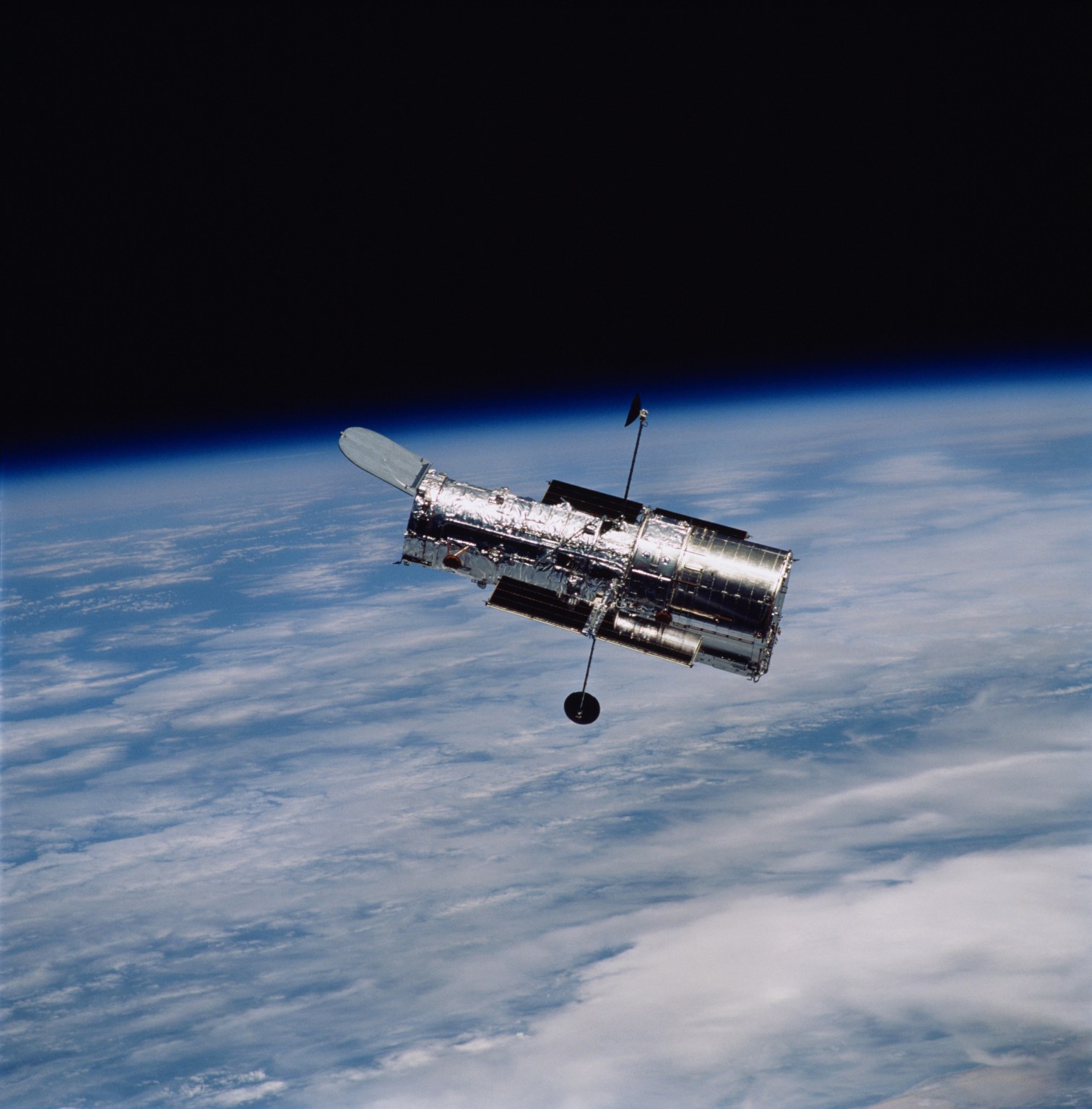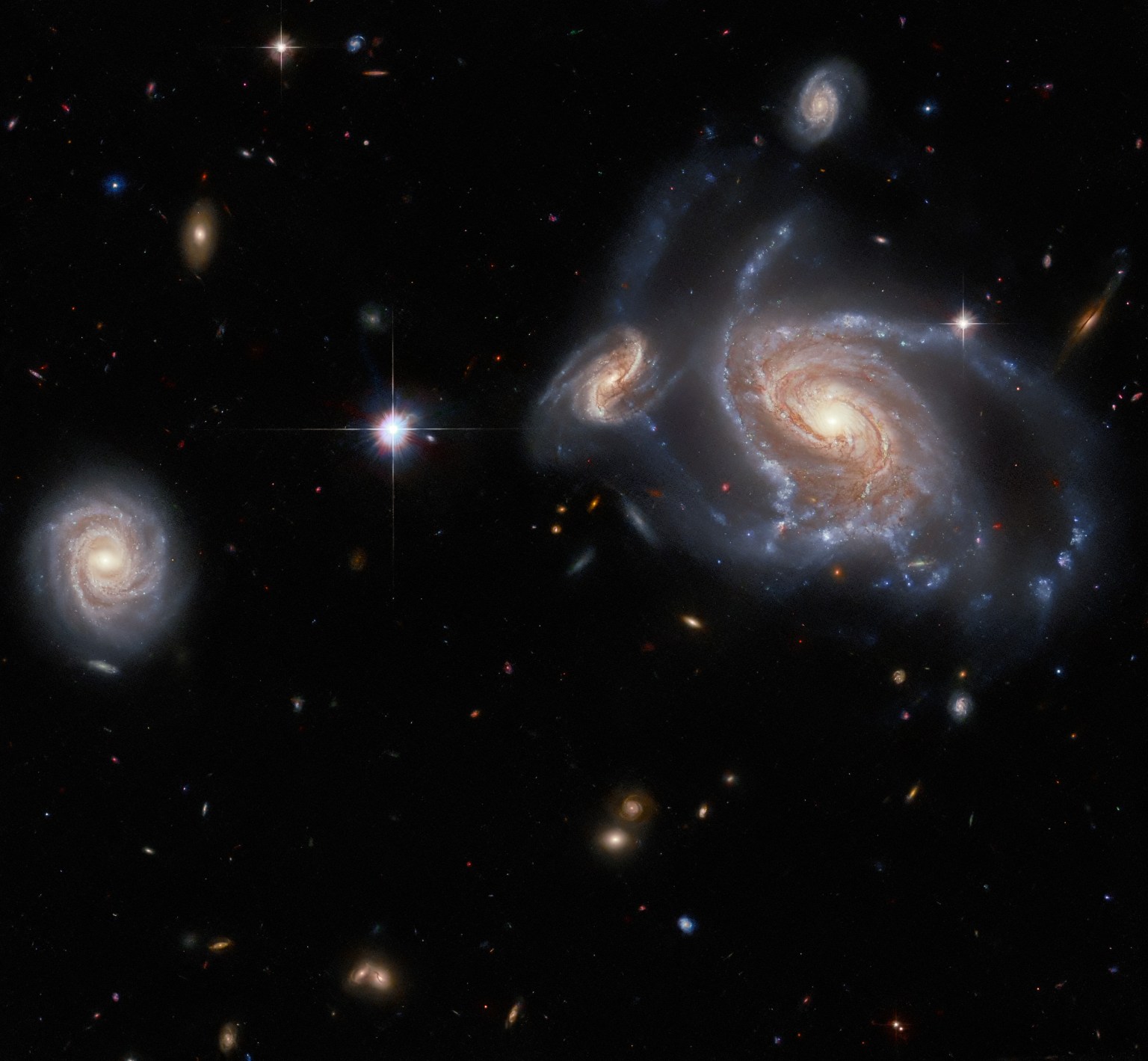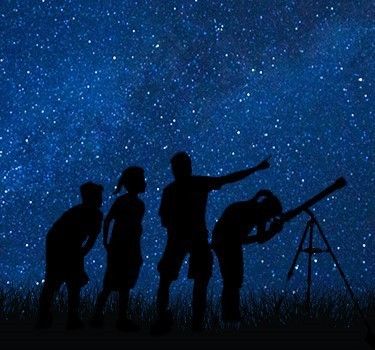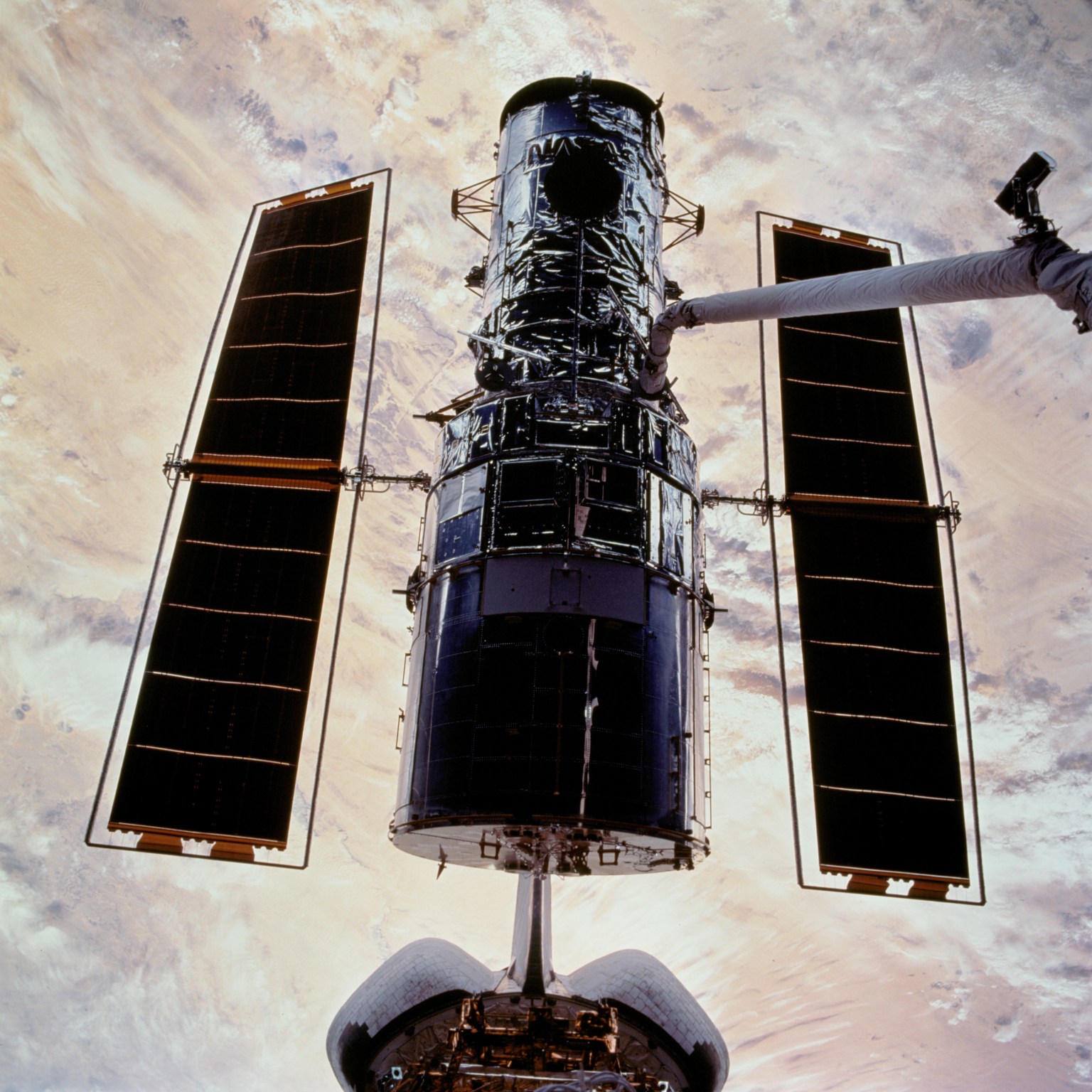📰 Trending Topics
Google News - Trending
Circle, solar stocks, Samsung: Trending Tickers - Yahoo Finance
2025-07-08 13:42
Google News - Technology
Every pair of AirPods just hit its lowest price ever for Amazon Prime Day - CNN
2025-07-08 17:51
- Every pair of AirPods just hit its lowest price ever for Amazon Prime Day CNN
- Prime Day 2025 is here! Check out 98 of the best deals to shop now from brands like Samsung, Apple, and Coach AboutAmazon.com
- I found the 18 best Amazon Prime Day Apple deals of 2025 CNN
- The 10+ Best Prime Day Apple Deals The New York Times
- Apple Airpod Prime Day 2025 Sales: Get up to 40% off NBC News
The best Prime Day gaming deals from laptops and peripherals to the latest video games - Engadget
2025-07-08 18:10
- The best Prime Day gaming deals from laptops and peripherals to the latest video games Engadget
- The Best Prime Day Deals on Laptops and Tablets We Recommend The New York Times
- These Are the Best Prime Day Laptop Deals This Year WIRED
- Best Amazon Prime Day Deals Live — The Best Tech & PC Hardware Deals Tom's Hardware
- Save $200+ with Prime Day laptop deals on MacBooks, HP, gaming models, more New York Post
Nothing Phone (3) review - TechCrunch
2025-07-08 13:38
- Nothing Phone (3) review TechCrunch
- Nothing's Phone (3) Is the Quirky Tech We Need Right Now WIRED
- ‘We're not just chasing whatever competitors are doing’: Nothing’s AI chief explains why the Phone 3 uses the Snapdragon 8s Gen 4, not the 8 Elite TechRadar
- I'm Testing the Nothing Phone 3 and There's One Surprise Feature I Love So Far CNET
- Nothing Phone 3 hands-on: A tiny, playful dot-matrix screen in the company's most expensive phone yet Engadget
Apple's Newest MacBook Pros Are up to $400 Off for Prime Day - Lifehacker
2025-07-08 18:15
- Apple's Newest MacBook Pros Are up to $400 Off for Prime Day Lifehacker
- Is the 2025 Apple MacBook Air on sale for Prime Day? Yes, here's the deal USA Today
- Prime Day deals include $450 off Apple's 15-inch M3 MacBook Air Engadget
- Apple's latest MacBook Air, MacBook Pro, and Mac Mini are on sale for Prime Day — deals are on computers with the latest M4 chip Tom's Hardware
- I'm switching to the MacBook Air M4 from my Windows laptop - and you should too at this price ZDNet
Samsung’s event spoiled by massive last-minute leak - The Verge
2025-07-08 14:05
- Samsung’s event spoiled by massive last-minute leak The Verge
- 'Feeling Is Believing:' Samsung Shares Exclusive Details About Its Super Slim Galaxy Z Fold 7 CNET
- Hands-on video reveals Galaxy Z Flip 7's stunning new cover display SamMobile
- Galaxy Z Fold 7 will reportedly be the thinnest one yet Engadget
- The latest Samsung Galaxy Z Flip 7 leak is the first hands-on video of the flip foldable TechRadar
NASA - Breaking News
Stellar Duo
2025-07-08 15:30
NASA’s Hubble Space Telescope captured a bright variable star, V 372 Orionis, and its companion in this festive image in this image released on Jan. 27, 2023. The pair lie in the Orion Nebula, a colossal region of star formation roughly 1,450 light-years from Earth.
V 372 Orionis is a particular type of variable star known as an Orion Variable. These young stars experience some tempestuous moods and growing pains, which are visible to astronomers as irregular variations in luminosity. Orion Variables are often associated with diffuse nebulae, and V 372 Orionis is no exception; the patchy gas and dust of the Orion Nebula pervade this scene.
Text credit: European Space Agency (ESA)
Image credit: ESA/Hubble & NASA, J. Bally, M. Robberto
Curiosity Blog, Sols 4589 – 4592: Setting up to explore Volcán Peña Blanca
2025-07-07 23:21
Written by Abigail Fraeman, Deputy Project Scientist at NASA’s Jet Propulsion Laboratory
Earth planning date: Thursday, July 3, 2025
The team was delighted this morning to learn that Wednesday’s drive had completed flawlessly, placing us in a stable position facing a ~3 foot high ridge located ~35 feet away. This ridge is the eastern edge of a feature the team has informally named “Volcán Peña Blanca.” This feature certainly looked intriguing in orbital images, but once we saw Curiosity’s pictures of it from the ground, we decided it was cool enough to spend the time to investigate it closer. The images from the ground show a lot more detail than is visible in orbit, including clear sedimentary structures exposed along the ridge face which could provide important clues about how the rocks in the boxwork-bearing terrain were initially deposited – dunes? Rivers? Lakes? The team picked their favorite spot to approach the ridge and take a closer look during Wednesday’s planning, so Curiosity made a sharp right turn to take us in that direction. Using today’s images, we refined our plan for the exact location to approach and planned a drive to take us there, setting us up for contact science on Monday.
We had the opportunity to plan four sols today, to cover the U.S. 4th of July holiday weekend, so there was lots of time for activities besides the drive. Curiosity is currently sitting right in front of some light toned rocks, including one we gave the evocative name “Huellas de Dinosaurios.” It’s extremely unlikely we’ll see dinosaur footprints in the rock, but we will get the chance to investigate it with APXS, MAHLI, and ChemCam. We also have a pair of ChemCam only targets on a more typical bedrock target named “Amboro” and some pebbles named “Tunari.” Mastcam will take a high resolution of mosaic covering Volcán Peña Blanca, some nearby rocks named “Laguna Verde,” a small light colored rock named “Suruto,” and various patterns in the ground. Two ChemCam RMI mosaics of features in the distant Mishe Mokwa face and environment monitoring activities round out the plan.
Curiosity Blog, Sol 4588: Ridges and troughs
2025-07-07 22:27
Written by Lucy Thompson, APXS Collaborator and Senior Research Scientist at the University of New Brunswick, Canada
Earth planning date: Wednesday, July 2, 2025
As we traverse the boxwork terrain, we are encountering a series of more resistant ridges/bedrock patches, and areas that are more rubbly and tend to form lower relief polygonal or trough-like features. We came into planning this morning in one of the trough-like features after another successful drive. The science team is interested in determining why we see these different geomorphological and erosional expressions. Is the rock that comprises the more resistant ridges and patches a different composition to the rock in the troughs and low relief areas? How do the rocks vary texturally? Might the resistant bedrock be an indicator of what we will encounter when we reach the large boxworks that we are driving towards?
We managed to find a large enough area of rock to safely brush (target – “Guapay”), after which we will place APXS and MAHLI to determine the composition and texture. ChemCam will also analyze a different rock target, “Taltal” for chemistry and texture, and we will also acquire an accompanying Mastcam documentation image. The resistant ridge that we are planning to drive towards (“Volcan Pena Blanca”) and eventually investigate will be captured in a Mastcam mosaic. ChemCam will utilize their long-distance imaging capabilities to image the “Mishe Mokwa” butte off to the southeast of our current location, which likely contains bedrock layers that we will eventually pass through as we continue our climb up Mount Sharp.
After a planned drive, taking us closer to the “Volcan Pena Blanca” ridge, MARDI will image the new terrain beneath the wheels, before we execute some atmospheric observations. Mastcam will make a tau observation to monitor dust in the atmosphere and Navcam will acquire a zenith movie. Standard DAN, RAD and REMS activities round out the plan.
Working in Space
2025-07-07 18:57
In this May 23, 2025, image, NASA astronaut Jonny Kim works inside the SpaceX Dragon cargo spacecraft completing cargo operations before it undocked from the International Space Station’s Harmony module several hours later. Kim launched to the International Space Station on April 8, 2025; this is his first mission.
See what Kim and other space station crew do aboard the orbital lab.
Image credit: NASA; JAXA (Japan Aerospace Exploration Agency)/Takuya Onishi
NASA’s Hubble and Webb Telescopes Reveal Two Faces of a Star Cluster Duo
2025-07-07 14:58
3 min read
NASA’s Hubble and Webb Telescopes Reveal Two Faces of a Star Cluster Duo
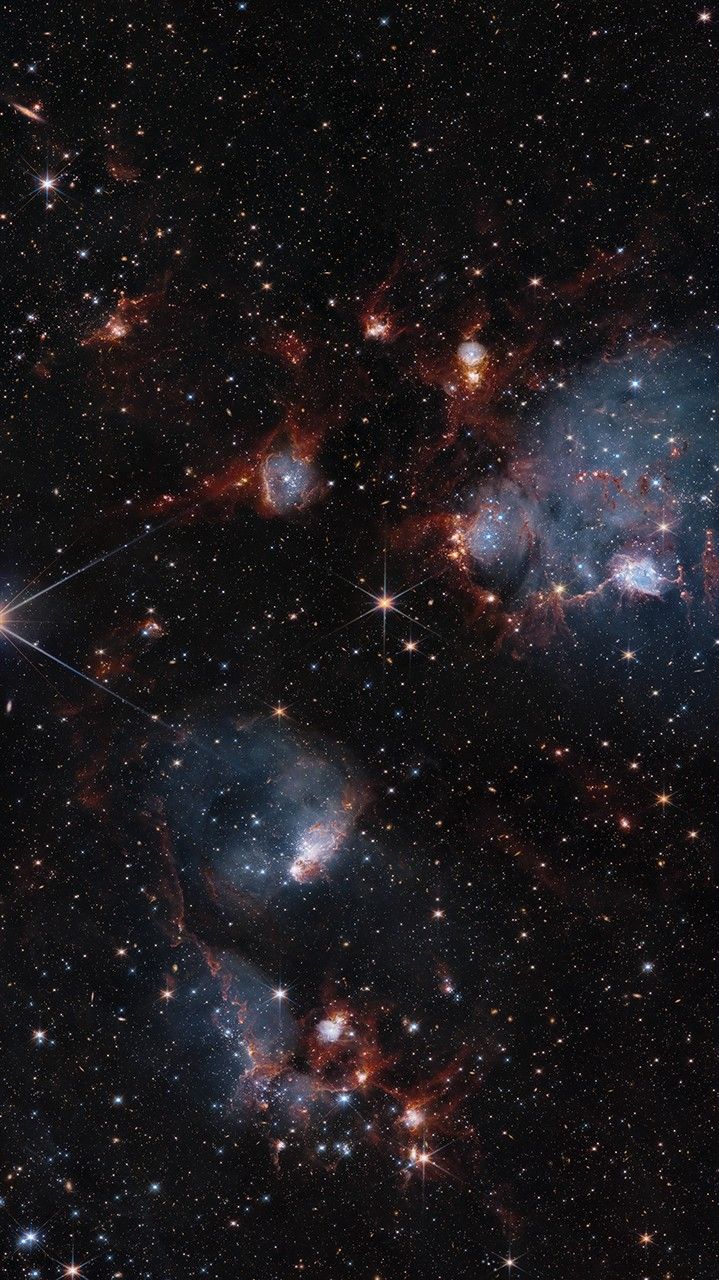
A riotous expanse of gas, dust, and stars stake out the dazzling territory of a duo of star clusters in this combined image from NASA’s Hubble and Webb space telescopes.
Open clusters NGC 460 and NGC 456 reside in the Small Magellanic Cloud, a dwarf galaxy orbiting the Milky Way. Open clusters consist of anywhere from a few dozen to a few thousand young stars loosely bound together by gravity. These particular clusters are part of an extensive complex of star clusters and nebulae that are likely linked to one another. As clouds of gas collapse, stars are born. These young, hot stars expel intense stellar winds that shape the nebulae around them, carving out the clouds and triggering other collapses, which in turn give rise to more stars.
In these images, Hubble’s view captures the glowing, ionized gas as stellar radiation blows “bubbles” in the clouds of gas and dust (blue), while Webb’s infrared vision highlights the clumps and delicate filamentary structures of dust (red). In Hubble images, dust is often seen silhouetted against and blocking light, but in Webb’s view, the dust – warmed by starlight – shines with its own infrared glow. This mixture of gas and dust between the universe’s stars is known as the interstellar medium.
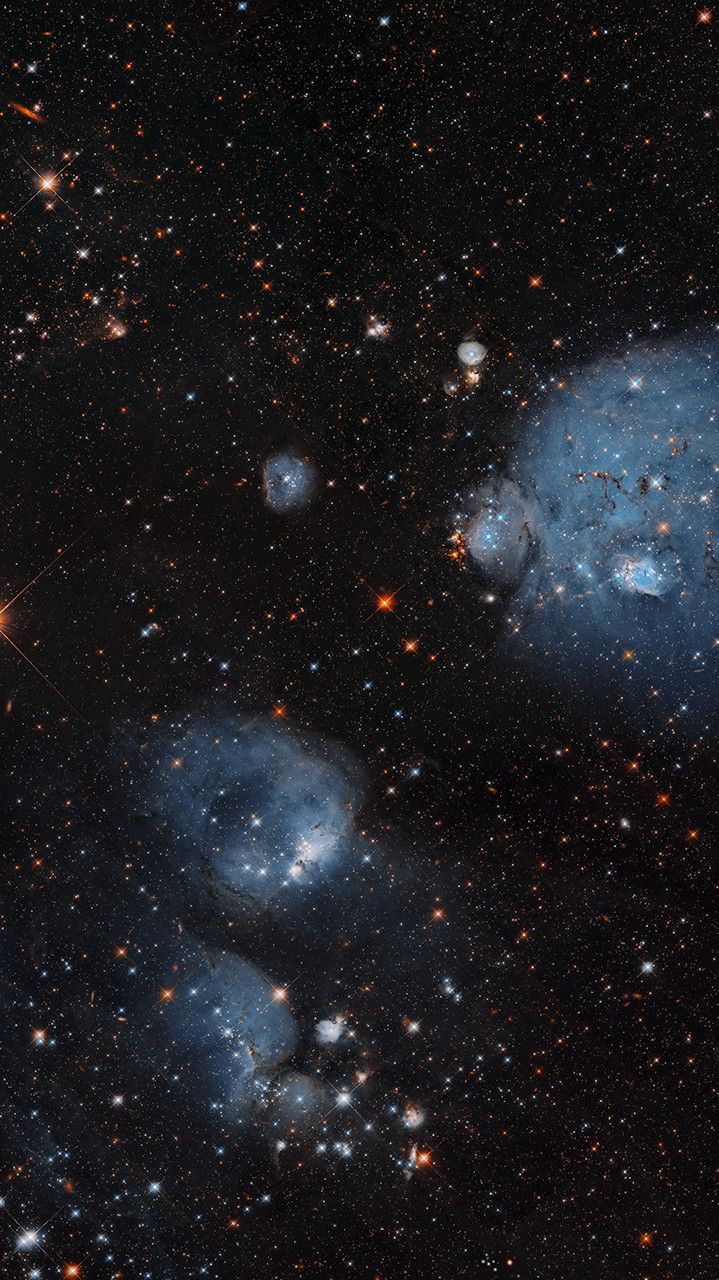
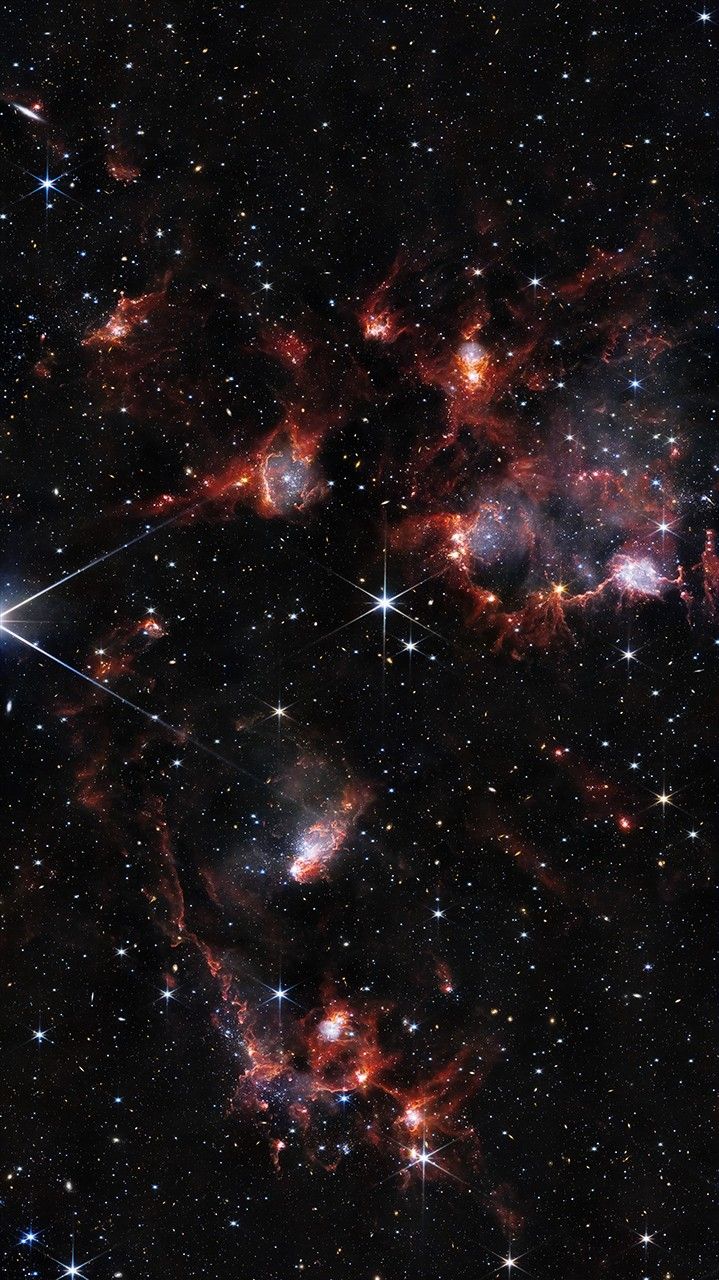


Hubble (ACS)
Webb (NIRCAM)
Hubble and Webb view a duo of open star clusters
The nodules visible in these images are scenes of active star formation, with stars ranging from just one to 10 million years old. In contrast, our Sun is 4.5 billion years old. The region that holds these clusters, known as the N83-84-85 complex, is home to multiple, rare O-type stars, hot and extremely massive stars that burn hydrogen like our Sun. Astronomers estimate there are only around 20,000 O-type stars among the approximately 400 billion stars in the Milky Way.
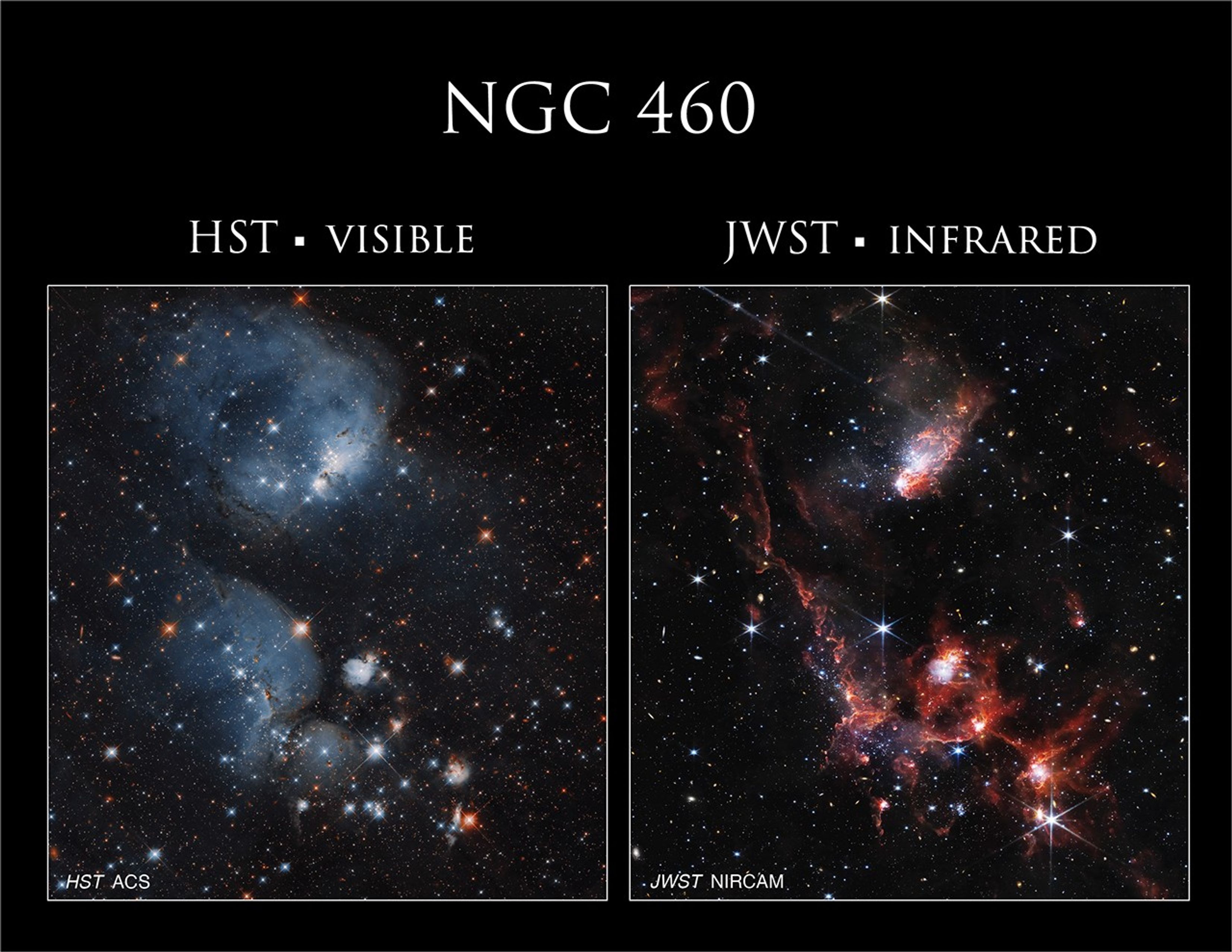
The Small Magellanic Cloud is of great interest to researchers because it is less enriched in metals than the Milky Way. Astronomers call all elements heavier than hydrogen and helium – that is, with more than two protons in the atom’s nucleus – “metals.” This state mimics conditions in the early universe, so the Small Magellanic Cloud provides a relatively nearby laboratory to explore theories about star formation and the interstellar medium at early stages of cosmic history. With these observations of NGC 460 and NGC 456, researchers intend to study how gas flows in the region converge or divide; refine the collision history between the Small Magellanic Cloud and its fellow dwarf galaxy, the Large Magellanic Cloud; examine how bursts of star formation occur in such gravitational interactions between galaxies; and better understand the interstellar medium.
Explore More
Media Contact:
Claire Andreoli
NASA’s Goddard Space Flight Center, Greenbelt, MD
claire.andreoli@nasa.gov
TechCrunch - Latest
Activision took down Call of Duty game after PC players hacked, says source
2025-07-08 18:44
Gmail’s new ‘Manage subscriptions’ tool will help declutter your inbox
2025-07-08 17:41
OneText raises $4.5M from Y Combinator, Khosla to reinvent shopping by text
2025-07-08 17:27
In a blow to Google Cloud, Replit partners with Microsoft
2025-07-08 17:24
Teenagers can now hail a Waymo robotaxi in Phoenix
2025-07-08 17:00
